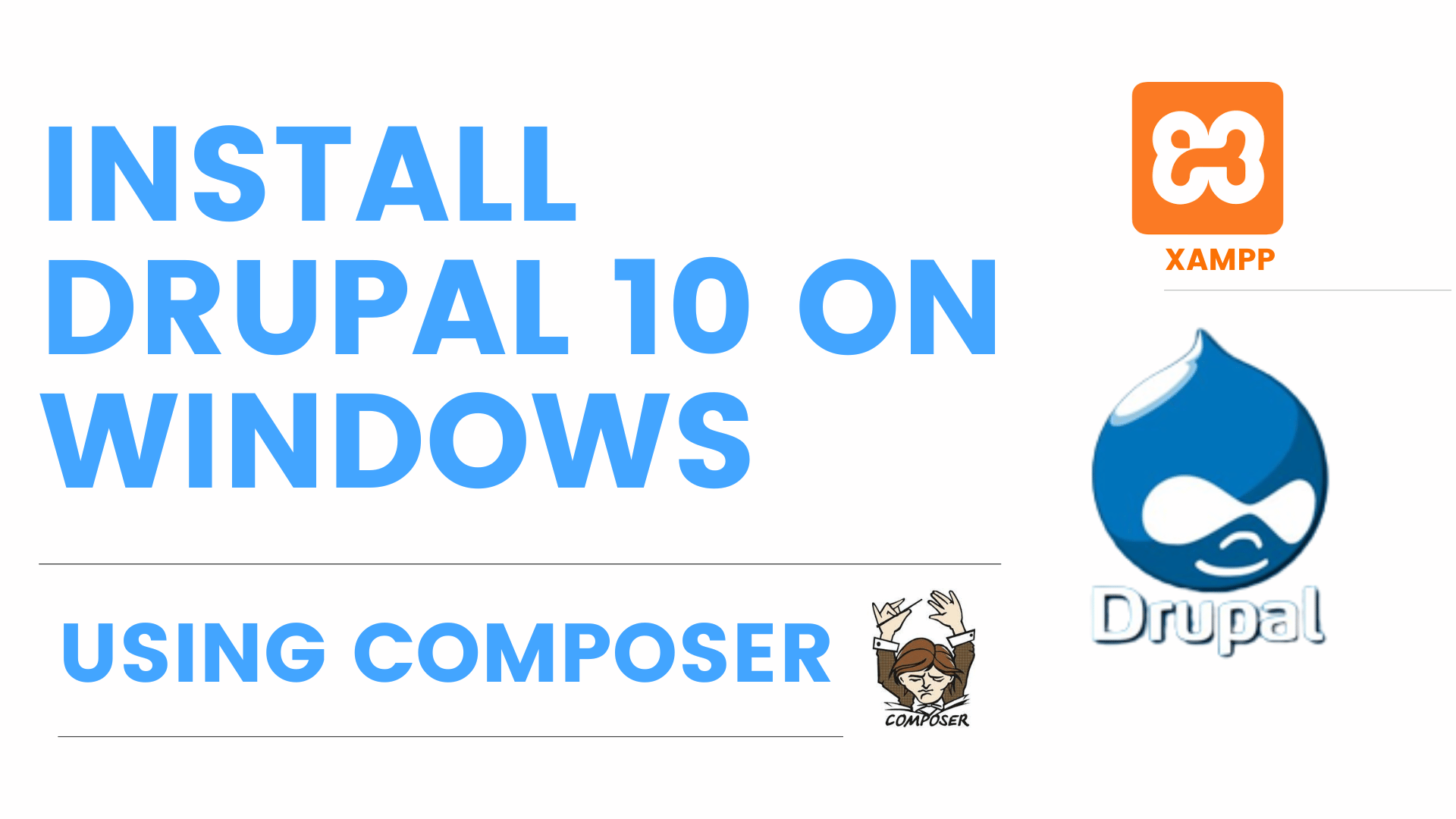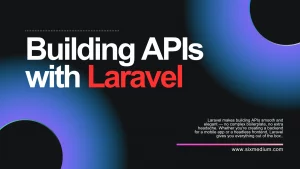Introduction
Are you eager to set up your own website using Drupal 10 on your Windows 10 computer? You’re in the right place! In this guide, we’ll walk you through the straightforward process of how to install Drupal 10 on Windows 10. Let’s get started on your web development journey!
Before You Start Installing Drupal 10 on Windows with XAMPP, Composer, and Git Bash:
- XAMPP: You should install XAMPP, which comes with the Apache web server, PHP, and MySQL. Make sure it’s set up correctly and running smoothly.
- PHP Version: Drupal 10 needs PHP 7.3 or higher. Ensure that you’ve correctly configured PHP within your XAMPP installation.
- Database Software: XAMPP includes MySQL, which you can use as Drupal’s database system.
- Composer: Install Composer, a tool that helps manage Drupal and its modules, since it handles PHP dependencies.
- Git Bash: You’ll need Git Bash for Windows, a command-line tool, to work with Git repositories and run Unix-like commands.
- Web Browser: Keep a modern web browser like Google Chrome or Mozilla Firefox ready. You’ll use it to test and manage your Drupal site.
Having these tools and software ready prepares you fully for the Drupal 10 installation and development process on your Windows 10 machine.
Simple Steps to Install XAMPP on Windows

- Download XAMPP: Go to the official XAMPP website and download the Windows version.
- Run the Installer: Once the download is complete, run the installer file you downloaded.
- Select Components: Choose the components you need, like Apache and MySQL. Leave the default options selected unless you have specific requirements.
- Choose Installation Folder: Pick a folder where you want to install XAMPP. The default location is usually fine.
- Start Installation: Click the “Install” button to begin the installation process.
- Firewall Warning: If your firewall prompts you, allow Apache and MySQL to communicate through the firewall.
- Complete Installation: Wait for the installation to finish. Once it’s done, you’ll see a screen indicating a successful installation.
- Start XAMPP Control Panel: Launch the XAMPP Control Panel from your Start menu. Here, you can start and stop Apache and MySQL.
XAMPP is now installed and ready for use on your Windows computer.
Install Composer on Windows: Simple Steps to Get Started

- Visit Composer Website: Go to the official Composer website at https://getcomposer.org/download/.
- Get the Installer: Click on the link for the Windows Installer to download the Composer Setup Executable (.exe) file.
- Run the Installer: Open the downloaded installer executable.
- Follow the Setup Wizard: The setup wizard will guide you through the installation. You can keep most settings as they are.
- Start Installation: Click the “Install” button to kickstart the installation process.
- Check Installation: Once the installation is complete, open a command prompt or terminal window and type “composer” to verify that Composer is installed correctly. You should see Composer’s version information displayed.
With these steps, you’ve successfully installed Composer on your Windows system. You can now use it to manage PHP dependencies and packages easily.
Installing Git Bash on Windows (and You Can Use PowerShell Too)

- Download Git Bash: Visit the official Git for Windows website at https://gitforwindows.org/.
- Get the Installer: Click on the “Download” button to download the Git for Windows installer.
- Run the Installer: Open the downloaded installer executable.
- Setup Wizard: Follow the setup wizard’s instructions. You can keep most options at their default settings.
- Choose Components: Select the components you want to install. You can leave the default options selected unless you have specific preferences.
- Select Start Menu Folder: Choose the folder where you want Git Bash to appear in your Start menu. The default location is usually fine.
- Adjusting your PATH environment: Select “Use Git and optional Unix tools from the Command Prompt” and click “Next.”
- Choose SSH executable: Keep “Use the OpenSSH library” selected and click “Next.”
- Configuring the line ending conversions: Keep the default settings (Checkout Windows-style, commit Unix-style line endings) and click “Next.”
- Choose Terminal Emulator: Select your preferred terminal emulator. “Use Windows’ default console window” is a good choice for most users. You can use PowerShell as an alternative if you prefer.
- Additional Options: Review any additional options and adjust them according to your preferences.
- Start Installation: Click the “Install” button to begin the installation process.
- Finish Installation: Once the installation is complete, click the “Finish” button.
Now, Git Bash is installed on your Windows system, providing you with a command-line interface to work with Git repositories and run Unix-like commands. If you prefer, you can use PowerShell as an alternative command-line tool.
Install Drupal 10 on Windows Using Composer
1: Start XAMPP Server
- Launch the XAMPP Control Panel.
- Start the Apache server by clicking the “Start” button next to it.
2: Create a Database
- Open your web browser and go to
localhost/phpmyadmin. - Create a new database with a name of your choice. Remember this name; you’ll need it later.
3: Open Git Bash
- Go to the C drive where XAMPP is installed (usually
C:\xampp). - Find the
htdocsfolder, right-click your mouse, and select “Git Bash here.” This opens Git Bash in your XAMPP web root directory.
4: Use Composer to Install Drupal
In Git Bash, use Composer to install Drupal 10 by running this command:
composer create-project drupal/recommended-project my_drupal_site_name
Replace my_drupal_site_name with your preferred project name.
Step 5: Access Drupal Installation

- Once Composer finishes installing Drupal, open your web browser.
- Go to
localhost/yourprojectname/web, whereyourprojectnameis the name you used in Step 4. - Follow the on-screen instructions to complete the Drupal installation.
Step 6: Watch the Installation Video
For a visual guide, you can watch this video tutorial [link to video tutorial].
Step 7: Happy Coding!
Congratulations! You’ve successfully installed Drupal 10 on your Windows machine. You can now start building and customizing your Drupal website. Happy coding!



